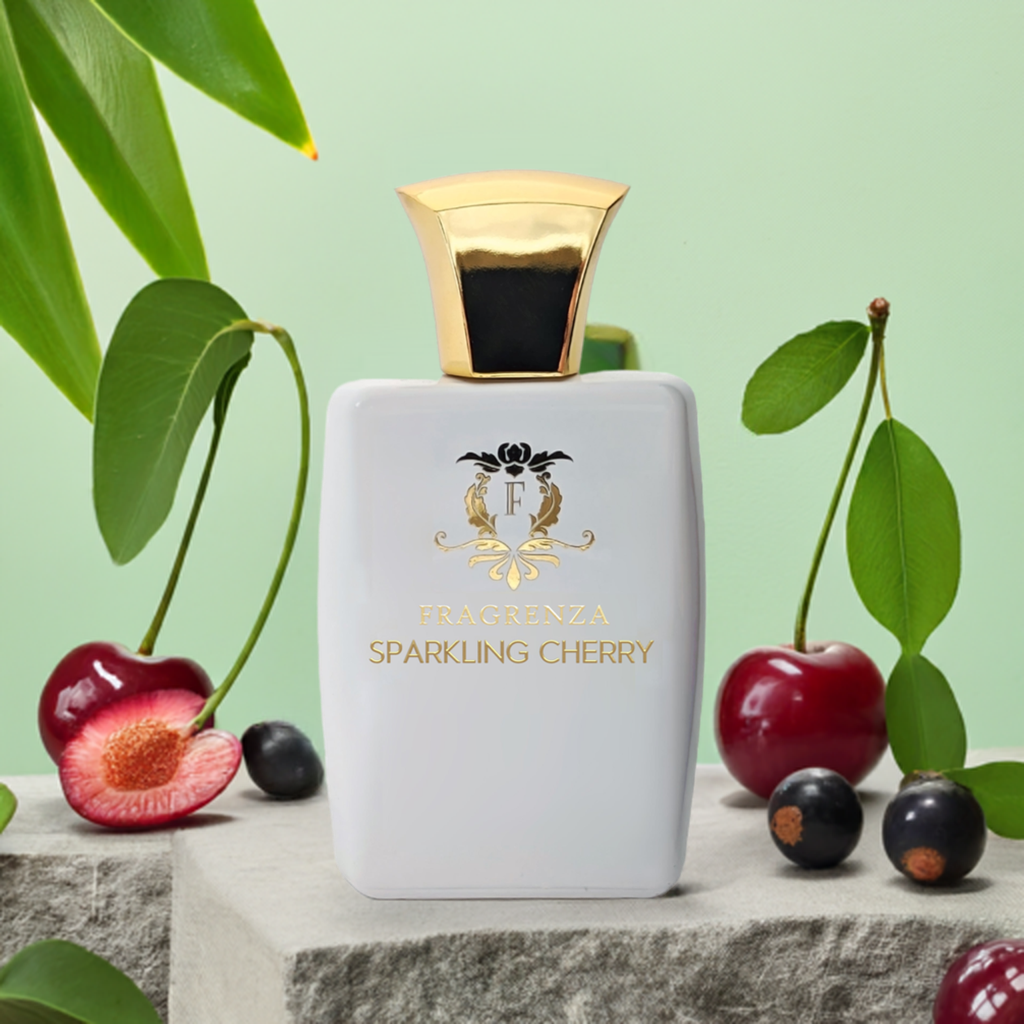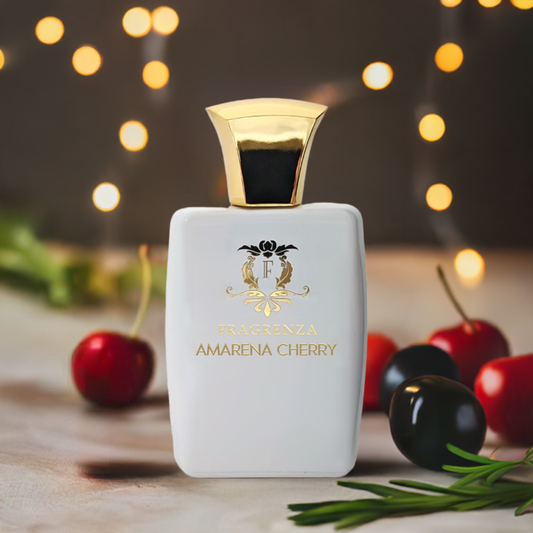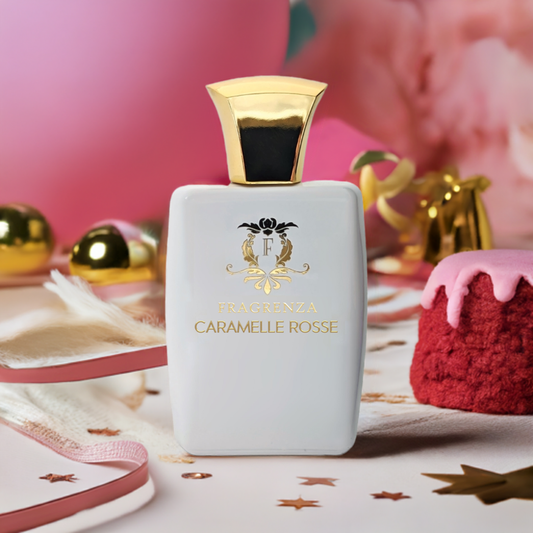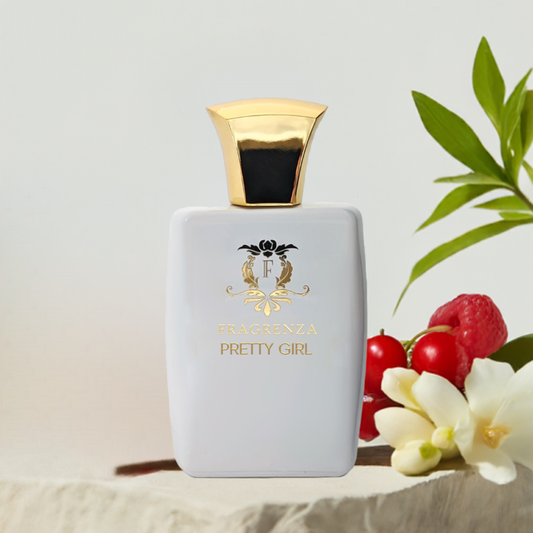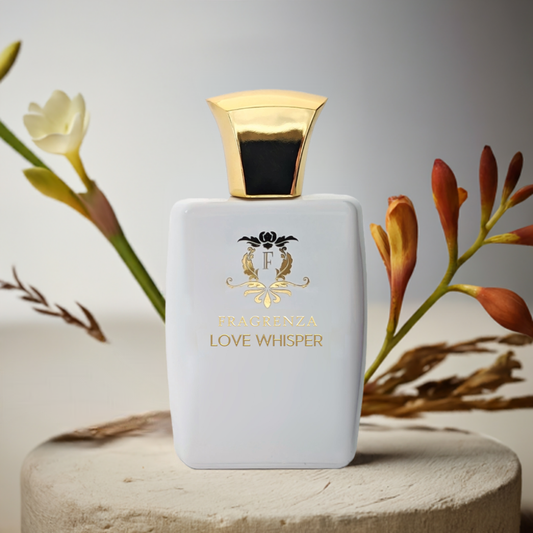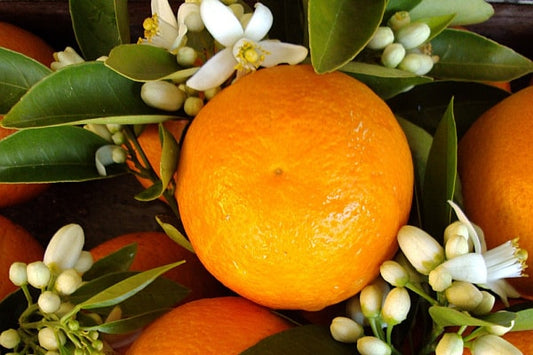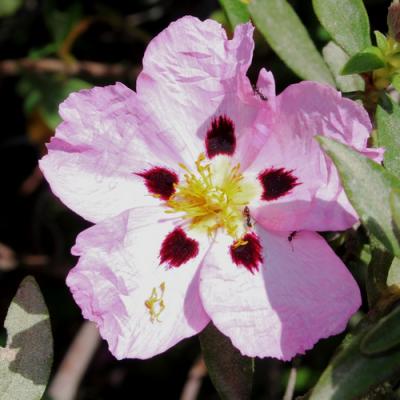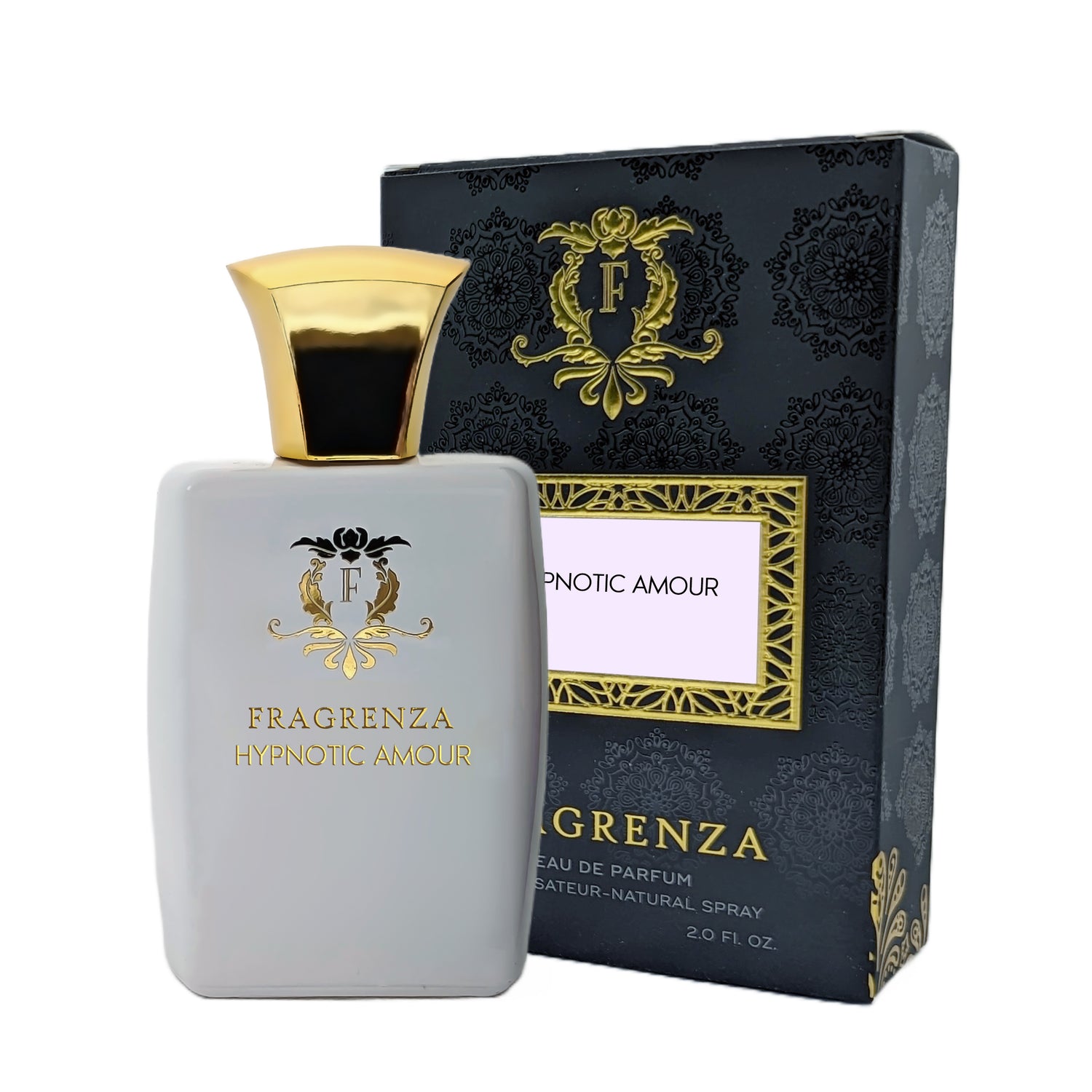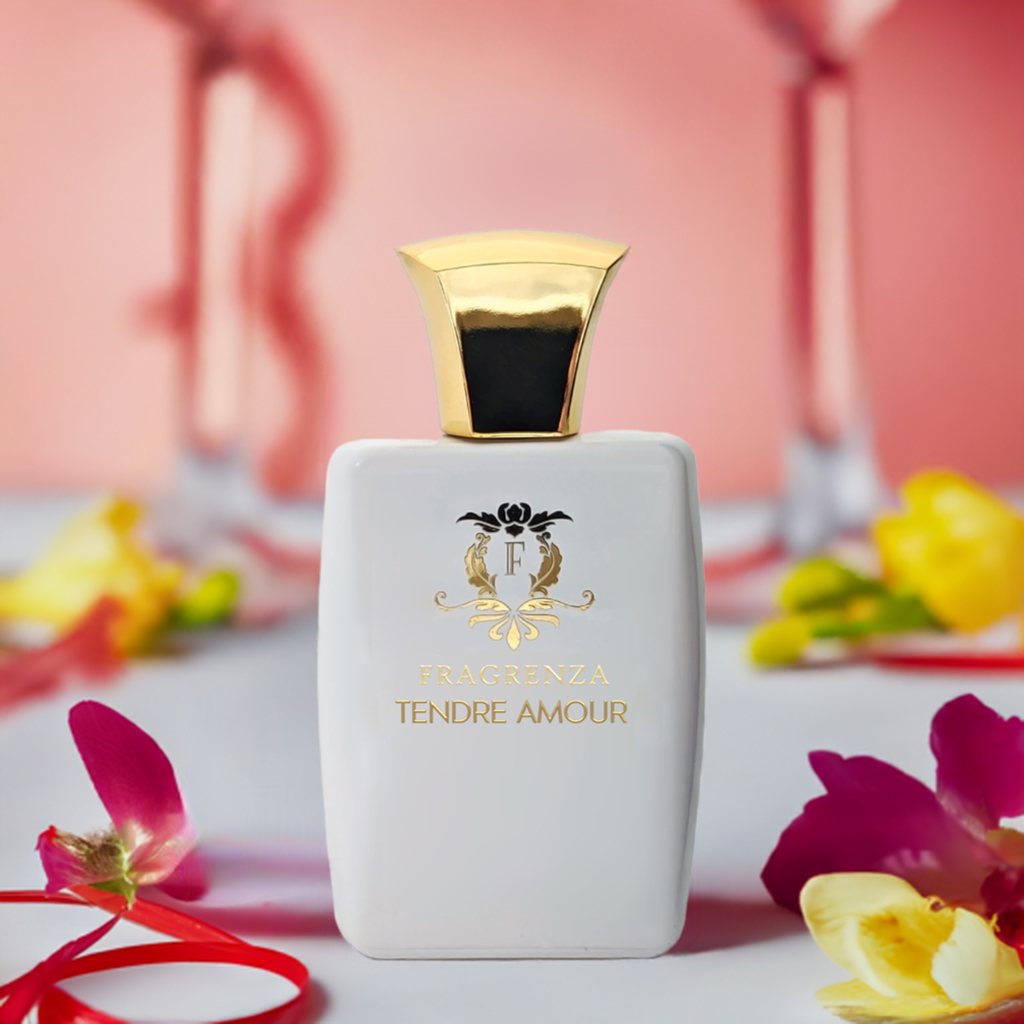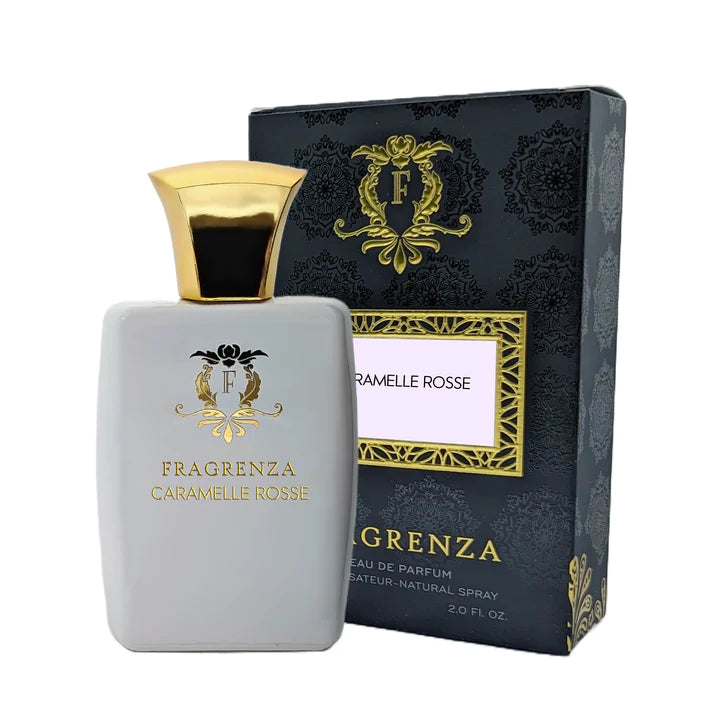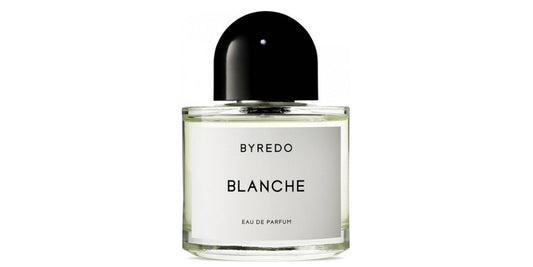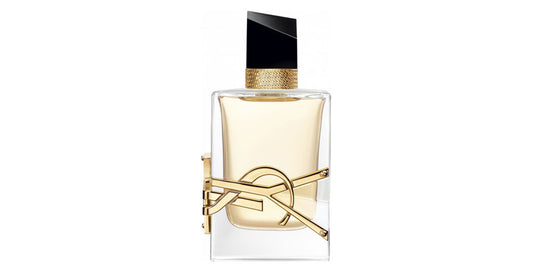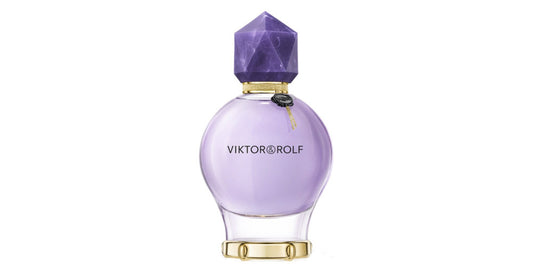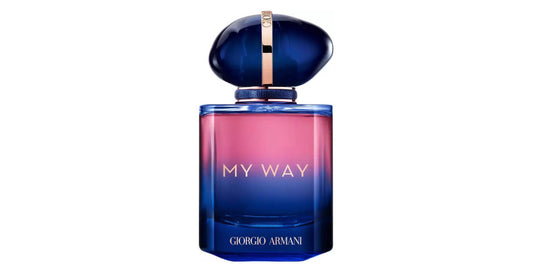Rosewood in perfumery

In This Article
The Fascinating Aroma and Legacy of Rosewood in Fragrances
When it comes to fragrant woods used in perfumery, Rosewood stands out. Originating from the Amazon rainforest, Rosewood was first discovered by botanists in 1925 in the Juriti Velho region. The tree earned its name from its uniquely scented bark - a rarity for trees of its kind. But, what does Rosewood smell like? Similar to lavender, it has a delicate aroma due to the high content of linalool found in the bark's essential oil. As a result, an industry sprang up around Rosewood in the Amazon basin, supplying to the Grasse region. Rosewood essential oil production peaked during the 1960s, producing between 300 to 400 tonnes per year. However, due to the excessive felling of trees, Rosewood is now a protected species with extensive replanting efforts being undertaken in places like Guyana.
The Role of Rosewood in Perfumery and Beyond
Rosewood essential oil is extracted from its bark using steam distillation. Remarkably, just 100 kg of wood can yield 1 kg of essential oil. Even though synthesizing linalool has significantly reduced the cost of this raw material, luxury perfumes stay true to their original compositions and continue to use naturally produced Rosewood. The hot water distillation process enhances the richness and natural floral tones of the Rosewood aroma.
Beyond its fragrant properties, Rosewood offers multiple benefits and health-promoting qualities. Its essential oil, for example, is known for its skin-regenerative and rejuvenating effects and is often used as an anti-aging agent. It also has anti-infectious properties. The soothing, calming scent of Rosewood also serves to alleviate nerves and anxiety.
Exploring the Diverse Appeal of Rosewood in Perfumery
Perfumes containing Rosewood essences are popular in the industry due to their complex and multifaceted aroma. Described as being simultaneously floral and rosy, with subtle woody undertones, they also carry a hint of spice and a slight peppery note. This makes Rosewood perfumes suitable for individuals with a strong temperament, regardless of gender.
Renowned perfumes featuring Rosewood include Chanel's Coco Mademoiselle, Dior's Hypnotic Poison, and Yves Saint Laurent's Rive Gauche. These perfumes exemplify the versatility and allure of the Rosewood scent, showcasing its ability to create captivating, sophisticated scents that appeal to a broad consumer base.
In the ever-evolving world of perfumery, Rosewood maintains its cherished status. Its multifaceted nature and historical significance contribute to its enduring appeal, making it a vital component in the creation of both classic and innovative fragrances.
